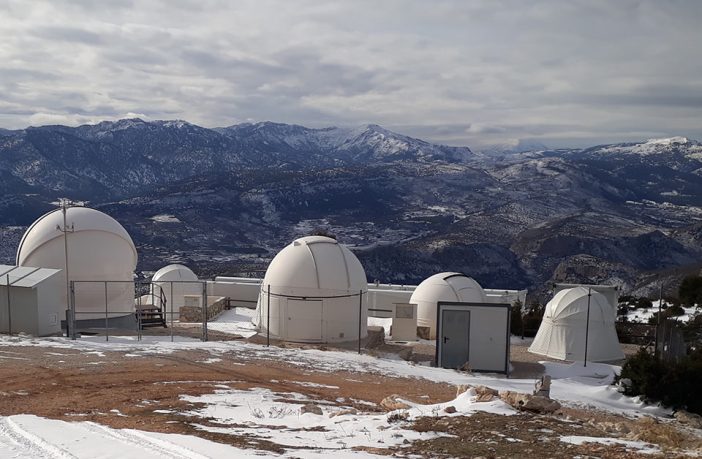
Space is teeming with man-made objects and will likely only get crowded with the continued growth of the space industry. Spacecraft operators have surprisingly little real-time data on where things actually are in orbit, especially relative to each other.
Enter Slingshot Aerospace. The company is building a real-time “digital space twin” so operators can keep their assets safe while in orbit. Investors are certainly paying attention. The company closed a $40.85 million Series A-2 funding, led by Sway Ventures and with participation from C16 Ventures, ATX Venture Partners, Lockheed Martin Ventures, Valor Equity Partners and Draper Associates. Slingshot also received a venture loan for an undisclosed amount from venture lender Horizon Technology Finance.
Slingshot has already raised a notable amount of funding, including a Series A-1 for $25 million which closed in March. The decision to raise so quickly after this latest batch of funding was partly due to the opportunity for the company to acquire two other businesses, Slingshot CEO Melanie Stricklan told TechCrunch in an interview with TC Sessions: Space in Los Angeles.
“At the very end of this A-1, these acquisition opportunities were presented to us,” she explained. Closing this round and calling it A-2, rather than B, had a lot to do with how the company envisioned the purpose of the funds, she added. “In my mind, a traditional B should be much bigger, and that’s to completely scale our business. […] When we do a B, we want that round to be big enough, depending on where we are, to scale the business rather than going to an A-3.
These acquisitions concerned the Space Domain Awareness division of Numerica and the British company Seradata; both were announced in August. Through these companies, Slingshot has gained access to what it says is the world’s only optical sensing network for satellite tracking from commercial low Earth orbit to geosynchronous orbit, as well as the database of Seradata satellites and launches.
The funding will also be used to develop customers in the commercial and defense sectors; expanding Slingshot’s sensor network, which already includes 150 sensors and 30 telescopes at 20 locations around the world; and expand the Slingshot product line. Stricklan didn’t say how many sensors or telescopes the network would grow, but she said the company was committing “a significant amount of capex” to the growth plan.
Picture credits: Aerospace Slingshot (Opens in a new window)
As the Austin and El Segundo-based company continues to develop its Space Situational Awareness (SSA) network, it also announced that it will be launching a two-month pilot project with the U.S. Department of Commerce (DoC) to provide SSA data to the Department of Defense. .
“I think this initiative is going to be a portal to understanding which acquisition cultures need to change […] A lot of that will have to change if we really want to move space traffic management and space traffic coordination into the [National Oceanic and Atmospheric Administration] domain outside of the DoD domain,” Stricklan said.
“It’s the bridgehead.”
Tech




